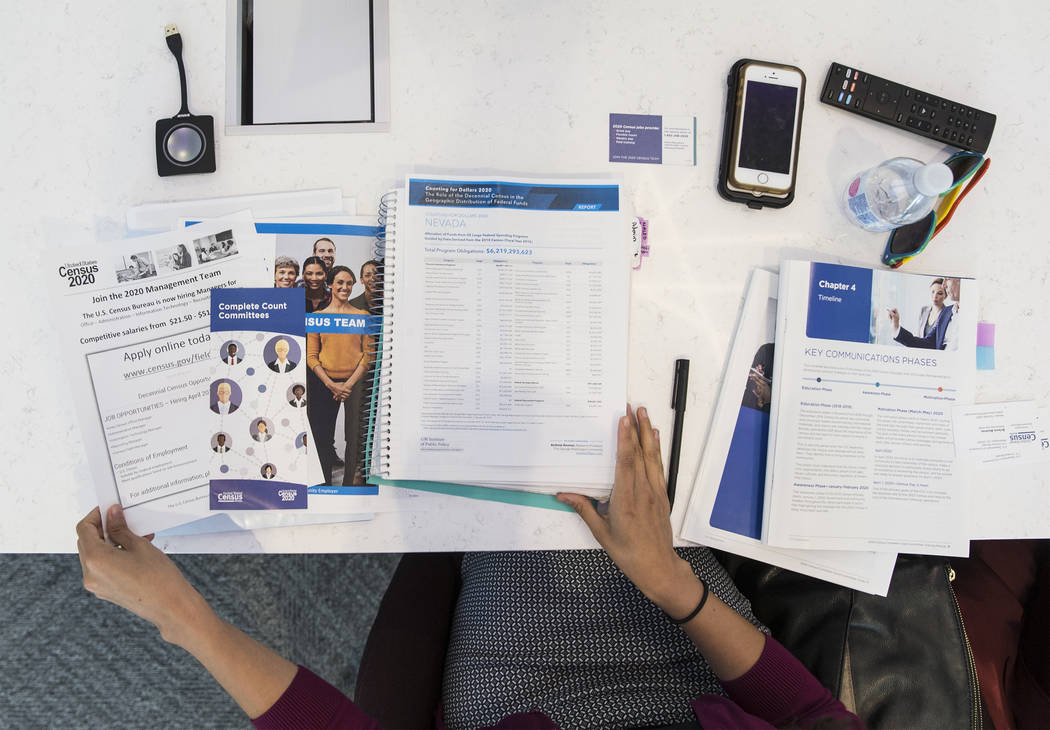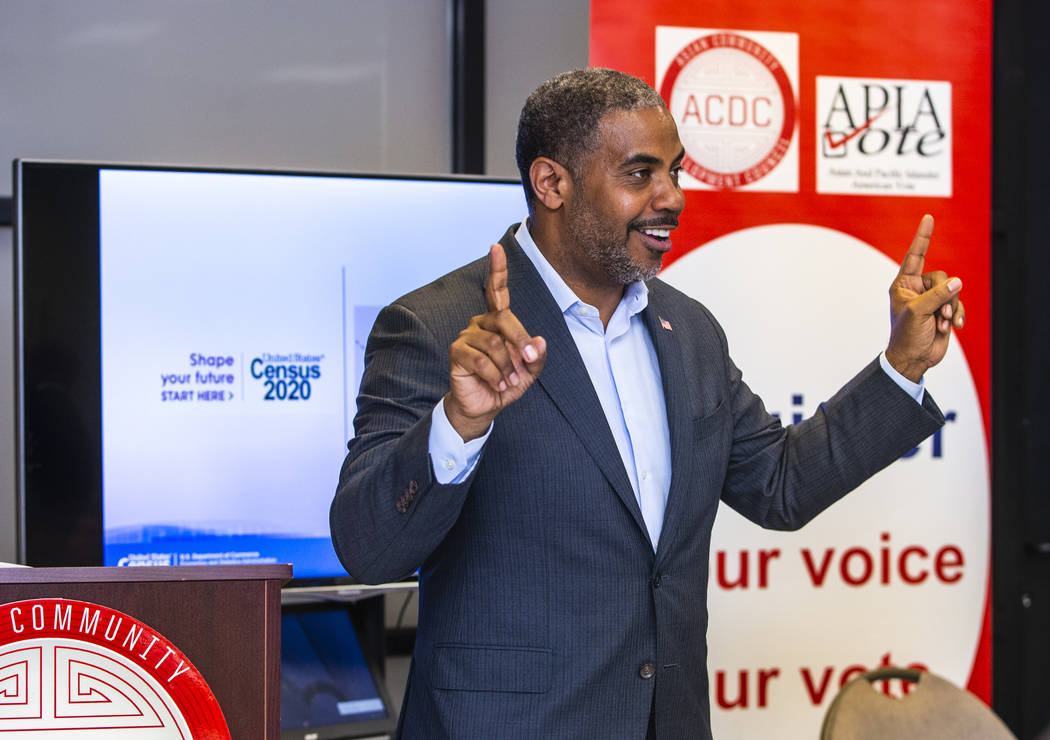Tim Burke: Census stakes high when it comes to communities, politics
This past weekend marked the Labor Day holiday and the traditional end to summer. It also means that we are inching forward on bringing 2019 to a close and the beginning of 2020. 2020 is a census year and that will have far-reaching effects on communities and in politics.
The Trump administration is asking that the census includes a question on citizenship. The topic is a hotly debated political item that is split predictably along party lines.
Why is the census important? The primary purpose of the census is to determine, based on population, how many seats each state will have in the U.S. House of Representatives and by extension, how many votes in the Electoral College.
But census data is used for a great many other purposes as well, including the allocation of about $900 billion in federal spending each year. That money helps pay for everything from public schools and Medicaid benefits to law enforcement and highway repairs. State and local governments use the data in similar ways, including setting the boundaries of legislative districts.
The results of the 2020 census will determine the apportionment of seats in the U.S. House of Representatives for the upcoming decade. If current population trends hold up for the remainder of this decade, there likely will be substantial changes in congressional representation come reapportionment time.
Since 2010, the country’s population has grown and shifted considerably. Population growth in western and southern states has outpaced the Midwest and the Northeast. The 10 fastest-growing states between 2017 and 2018 all were in the South and West, including Nevada, Utah and Texas.
Meanwhile, states in the Northeast and Midwest regions have grown more slowly than the 5.3 percent U.S. average population growth rate. In the Northeast particularly, population growth has lagged every other region in the country this decade.
As a result of these trends, 16 states will see a shift in congressional reapportionment in 2020, according to a new report by Election Data Services. The biggest seat gains will likely be seen in Florida and Texas. Texas is likely to gain three congressional seats, which would give the state 39 seats in Congress.
Florida is expected to gain up to two additional congressional seats, bringing its total delegation to 29 starting in 2022. Many states that are taking in large numbers of Americans from other parts of the country - Arizona, Colorado, North Carolina, Montana, and Oregon –will also gain at least one seat.
The estimates also signal likely seat losses for the Midwest and the Northeast. As a result of population decline and slower rate of growth, Election Data Services projects that Alabama, Illinois, Michigan, New York, Ohio, Pennsylvania, Rhode Island, and West Virginia will lose at least one congressional seat, with New York potentially losing a second, as well. California and Minnesota are borderline cases, with each facing the possibility of losing up to one seat.
Nevada is projected to hold stable at four seats. But the census will also affect how districts are reapportioned within Nevada at the state and local levels.
As the recent state legislative session unfolded it was clear that Clark County, which has the majority of state Assembly members and senators, controlled the legislative agenda in Carson City. The rest of the state and especially the rural areas were left with no voice in matters which affected all citizens of Nevada. Could we see a similar scenario take place within our rural communities?
The very same scenario that the rural counties experienced during the last legislative session could be repeated in the rural areas with the population of the rural areas shifting to the towns or cities and decreasing in the most rural areas. The largest towns or cities will control the majority of elected positions leaving the most rural residents without representation.
In Lyon County, the population of the communities in Dayton and Fernley has grown as those communities have become bedroom communities for residents working in and around Reno. The county seat of Yerington has not grown at near the pace of the other areas nearer Reno.
In Nye County, Pahrump has grown as former Las Vegas residents look for an alternative to crowded neighborhoods and high home prices. The areas around Beatty, the Nye county seat of Tonopah and Round Mountain have not grown as quickly and in some cases have even decreased in population.
The census and the question of citizenship will affect us for the next 10 years.
How can we ensure that all residents within the rural areas have a voice as we move forward after the census and not repeat what has happened at the state level?
Tim Burke is a businessman, philanthropist, educator and Pahrump resident. Contact him at timstakenv@gmail.com
At a glance
The census determines how many representatives each state gets in Congress and is used to redraw district boundaries.
Communities rely on census statistics to plan for a variety of resident needs including new roads, schools and emergency services.
Businesses use census data to determine where to open places to shop.
Each year, the federal government distributes more than $675 billion to states and communities based on Census Bureau data.
Source: U.S. Census Bureau
In case you missed it
U.S. Census Bureau Partnership Specialist Glen Marsh made a visit to the Pahrump Valley to provide the Nye County Commission with an informational presentation detailing the purpose and importance behind the census count. See story in the Aug. 30 Pahrump Valley Times or on pvtimes.com



















